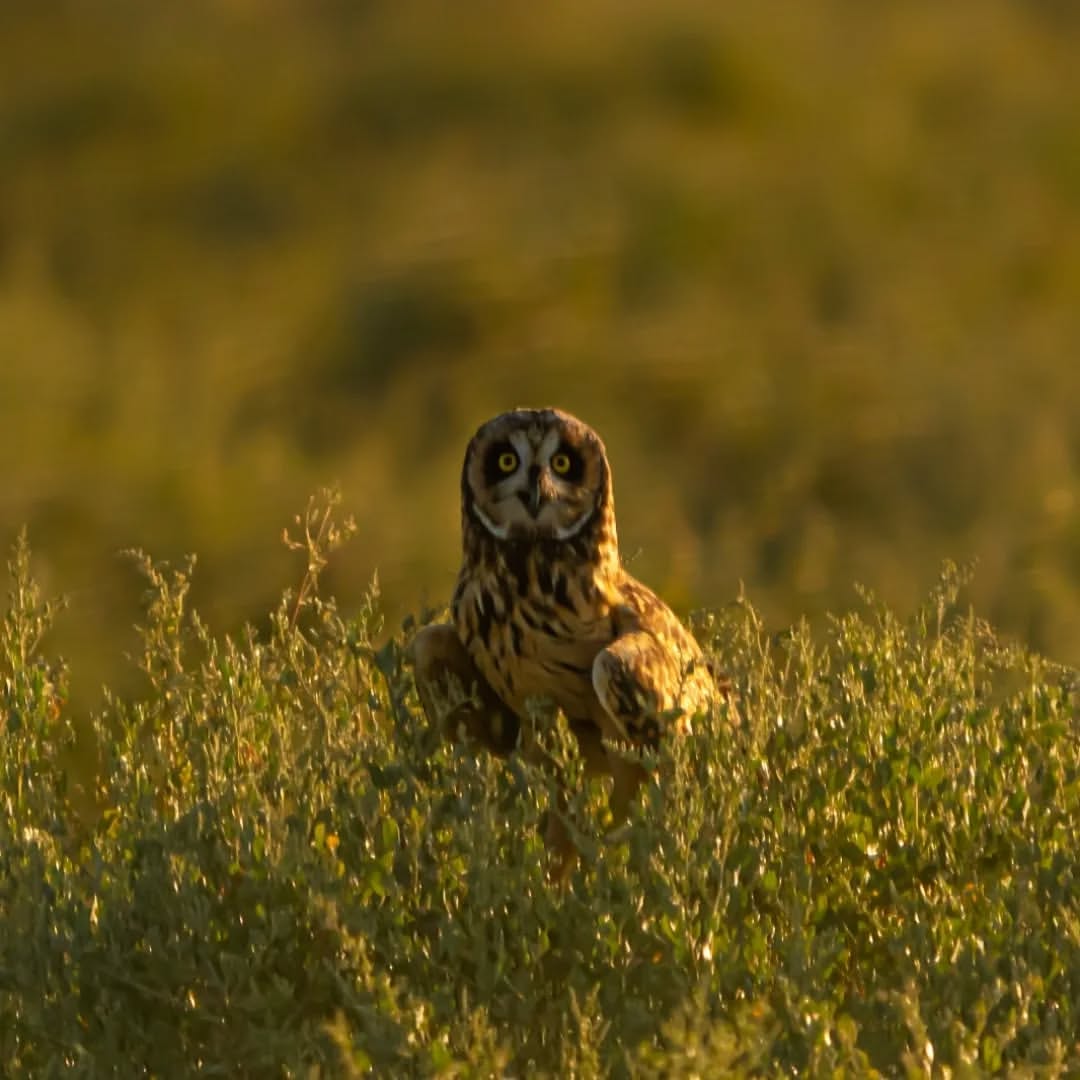In a recent expedition carried out by enthusiasts in Santiago del Estero, they detected a bird that was believed to be lost for 86 years. It is the Cinnamon Tachuri: a specimen that measures between 8 and 10 centimeters.
The group of three people, members of the KAKUY Bird Observers Club of Santiago del Estero (COA Kakuy), was surprised to identify the animal in the Marshes of the Dulce River.
They detected a bird that was believed to be lost: how the expedition went
Rodolfo Domnanovich, Sergio Quinzio, and José Navarro are the members of the COA Kakuy who ventured into the southeastern provincial area to survey the birds present at this time.
During the journey, they managed to detect more than 120 bird species. But among them, the Cinnamon Tachuri (Polystictus pectoralis) stood out. A small bird with a “near threatened” status, which inhabits grassland areas.
 This is how the Mishqui Mayu marshes look like. (Photo: Santiagodelesteronet).
This is how the Mishqui Mayu marshes look like. (Photo: Santiagodelesteronet).
The last time it had been seen was in 1939, according to available records. According to the NGO Aves Argentinas, this area was classified as an “Important Bird Conservation Area.”
Also included in this category are PN Copo, the Sierras de Guasayán, the Salinas Grandes and the Salinas de Ambargasta, the Bañados de Figueroa, and the Bañados de Añatuya.
What are the Mishqui Mayu marshes
The Mishqui Mayu marshes are a reservoir of a rich diversity of species, mostly found in their water mirrors.
It is a strategic area for the preservation of birdlife, which is why the province has this area registered as the “Provincial Reserve of Multiple Uses Marshes of the Dulce River and Laguna Mar Chiquita.”
It was also proposed as a National Park with the aim of continuing protection, which on the Cordoba side achieved with the creation of the Ansenuza National Park in 2022.
In addition to the Cinnamon Tachuri, there are species that permanently inhabit the area and others that migrate from other parts of the country and South America.
Some arrive for a short period to nest, feed, and replenish energy before continuing for thousands of kilometers. Some examples include the Arctic Plover, the Pectoral and Rufous-chested Sandpipers, the Snail Kite, the Cinnamon Sandpiper, and the Thick-billed Tern, among others.
What the Cinnamon Tachuri is like
It is a species of passerine bird of the Tyrannidae family, one of two belonging to the genus Polystictus. It is native to South America.
 The variety of birds in the area.
The variety of birds in the area.
It is distributed in some disjunct areas of the northern part of the continent, in Colombia (where a subspecies is presumed extinct), Venezuela, Guyana, Suriname, French Guiana, and the extreme north of Brazil, and in the east, from central and southern Brazil, eastern Bolivia (where it is also presumed extinct), Paraguay, to Uruguay and the central-eastern part of Argentina.
It is usually solitary, although it has also been observed in pairs. It is partially migratory during the southern winter.
Have you visited our YouTube channel yet? Subscribe now!

